Restoration of extensive crown fracture
Машинный перевод
Оригинальная статья написана на языке RU (ссылка для ознакомления) .
This article will discuss the method of restoration of extensive fracture of the central incisors of the upper jaw, as well as long-term results of treatment.
About the features of treating an injured tooth at webinar 1.3 and 2.3 - tooth restoration due to injury of the online course Online School of Restoration by Sergei Radlinsky. 1.1. - 1.3.: direct restoration .
Clinical case: a 29-year-old female patient with trauma to the maxillary central incisors (Fig. 1, 2).
A subgingival fracture was diagnosed in the right maxillary central incisor (Fig. 3). The patient collected and brought the missing tooth fragments (Fig. 4). The fractured portions of the right central incisor were cemented with composite adhesive cement (Fig. 5) and the subgingival fracture was removed (Fig. 6). An osteotomy was then performed followed by gingivoplasty to restore the natural width (Fig. 7). The incisor on the left was restored with composite material because the broken part of the tooth could not be found (Fig. 5).
Endodontic treatment was performed on the right maxillary central incisor, and several weeks later, pulp necrosis was diagnosed in the left central incisor, requiring endodontic treatment (Figure 8). Clinical observation for 8 years confirmed the high-quality work of the doctor (Fig. 9,10). X-ray images (Fig. 11.)
12 years after the injury, the patient went to the dental office to cover the vestibular surfaces of the teeth with ceramics (Fig. 12). She was impressed by the beautiful smiles of her friends who had porcelain veneers and wanted to enhance the aesthetics of her own smile.
A wax-up and model were prepared to ascertain patient preferences and explore possible restorative options. The patient liked the new smile design and decided to make two ceramic veneers. Impressions were taken and veneers made from feldspar porcelain. After careful fitting during the appointment, checking the edge seal, contact points and modeling the final color with glycerin gel, the patient was asked to approve the final stage of work.
This was followed by an adhesive treatment of the veneers (10% HF for 90 seconds, followed by thorough rinsing, application of silane and adhesive). A rubber dam was applied (Fig. 15) and veneers were cemented (Fig. 16). Final clinical situation (Fig. 17-18).
Checking the results after 12 months, the clinical picture 13 years after the injury (Fig. 19, 22).
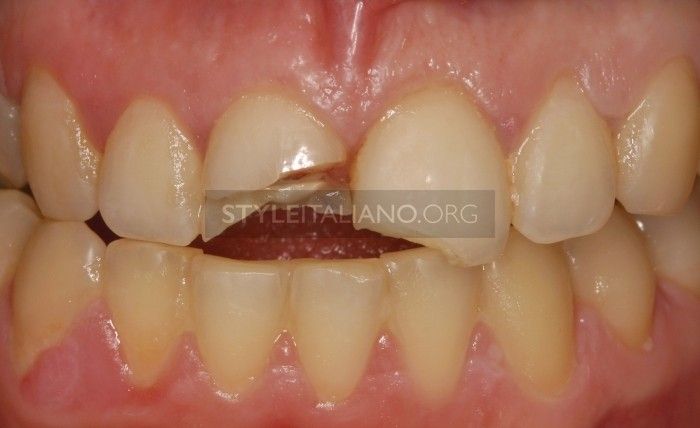
Figure 1. A 29-year-old female patient in the dental office immediately after trauma to her maxillary central incisors.
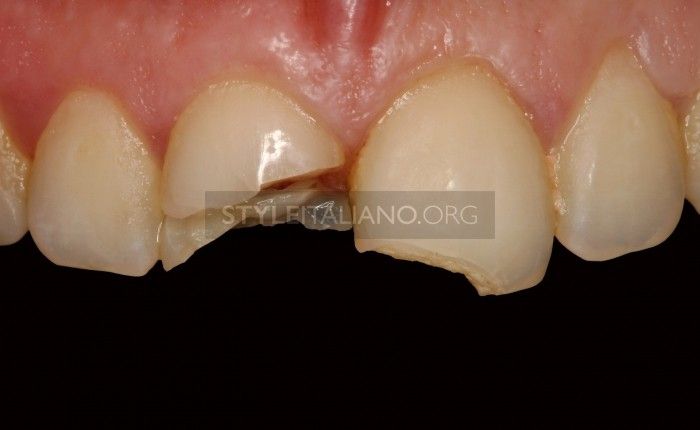
Figure 2. Close-up photo of injured teeth.
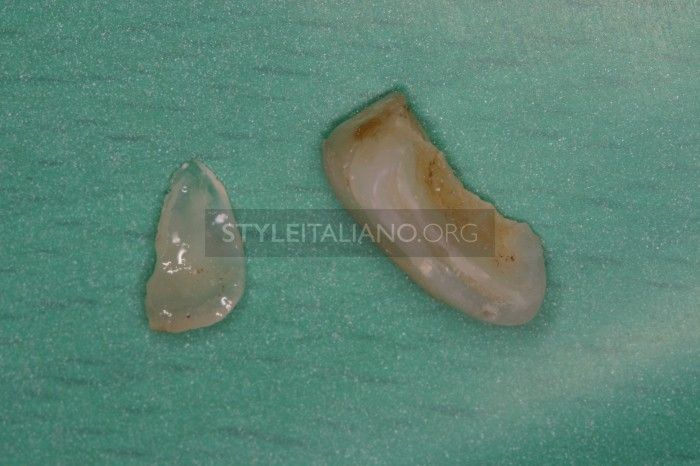
Figure 3. Broken tooth fragments.
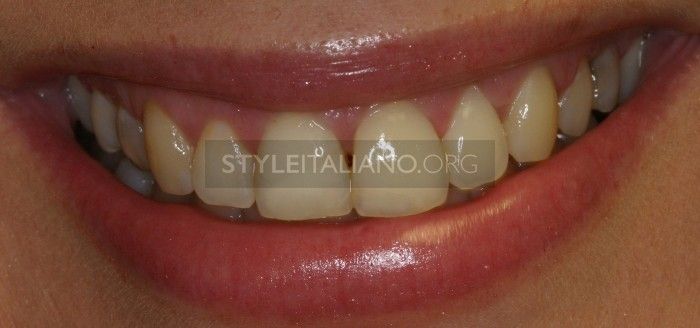
Figure 4. Clinical picture after attaching the broken part to 1.1, composite restoration 2.1.
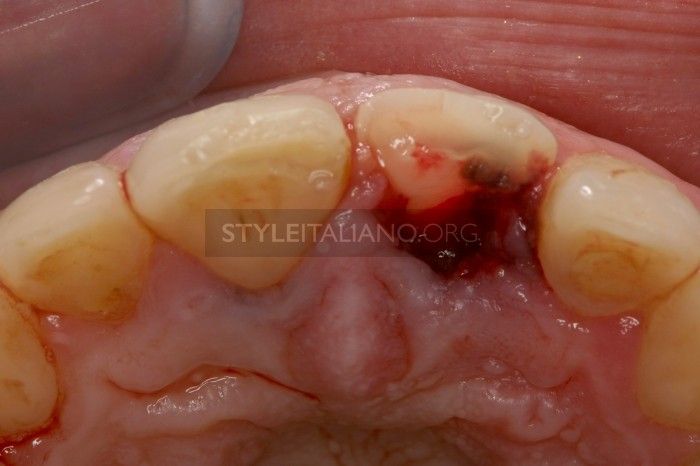
Figure 5. The subgingival fractured portion of the tooth was removed.
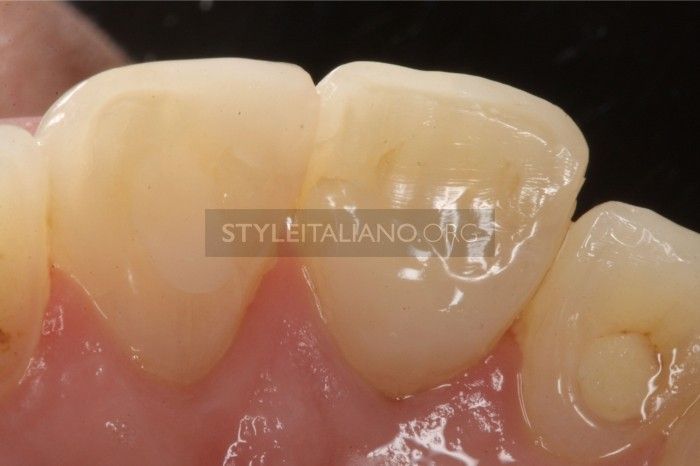
Figure 6. Osteotomy followed by gingivoplasty to restore the natural width of the tooth.
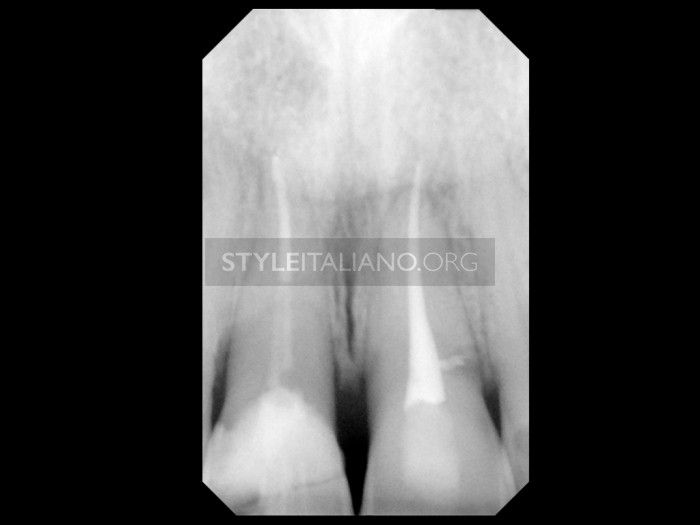
Figure 7. Teeth 1.1 and 2.1 after endodontic treatment.
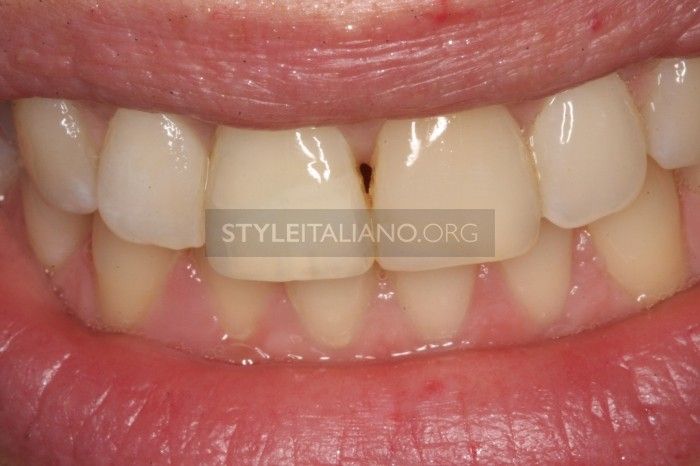
Figure 8. Clinical observation over 8 years confirmed the quality of work performed.
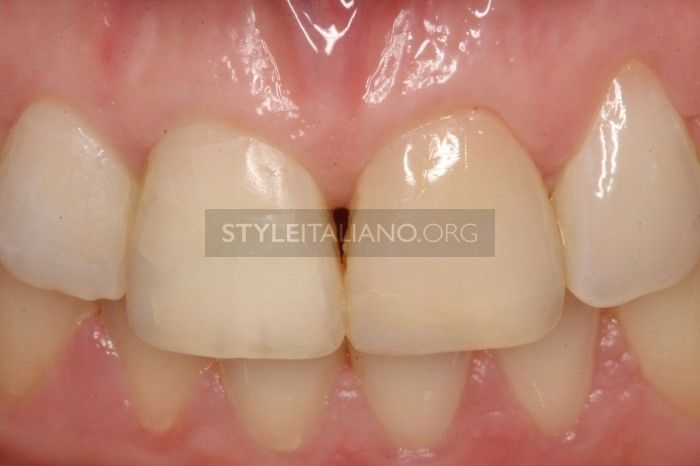
Figure 9. 1.1, 2.1 8 years after injury.
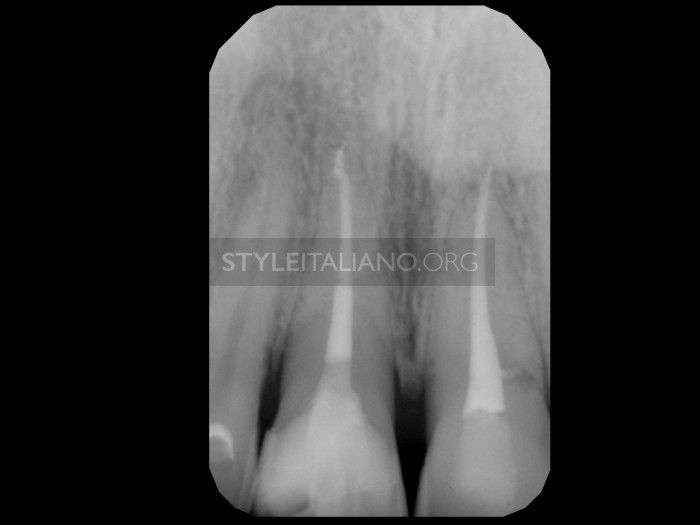
Figure 10. X-ray of teeth.
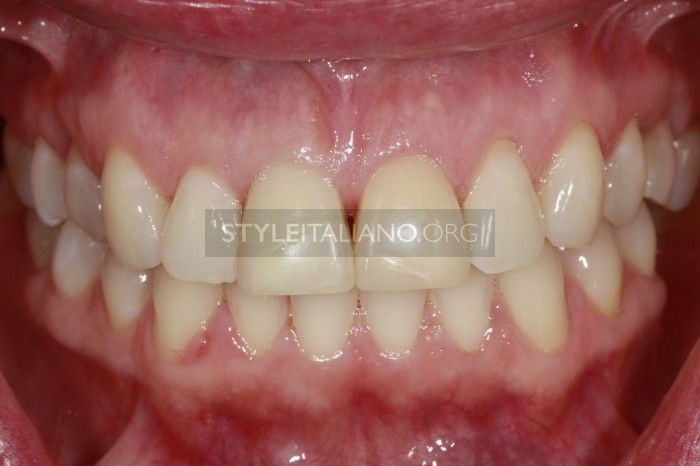
Figure 11. After 12 years, the patient came to the dental office with a request to cover the central incisors with ceramic veneers.
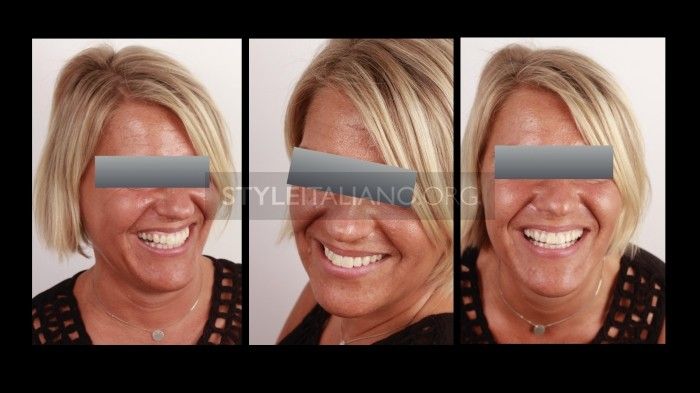
Figure 12: A model was prepared to ascertain patient preferences and consider possible restorative options.
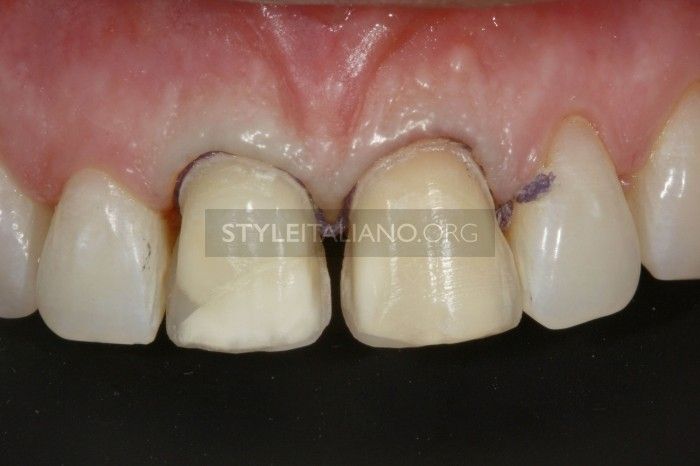
Figure 13. Prepared teeth for veneers.
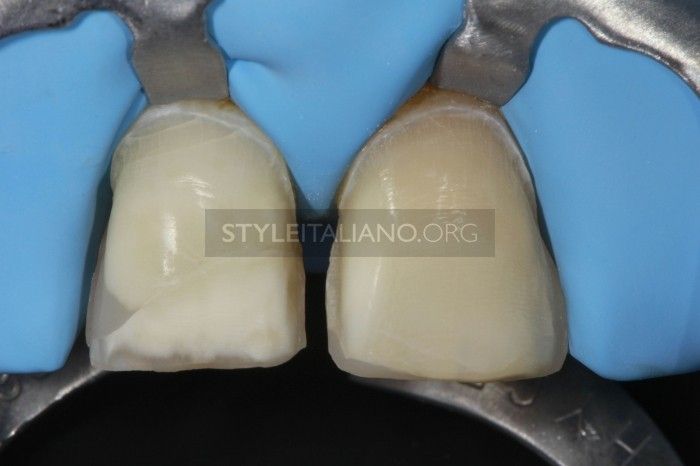
Figure 14. Isolation before cementation of veneers.
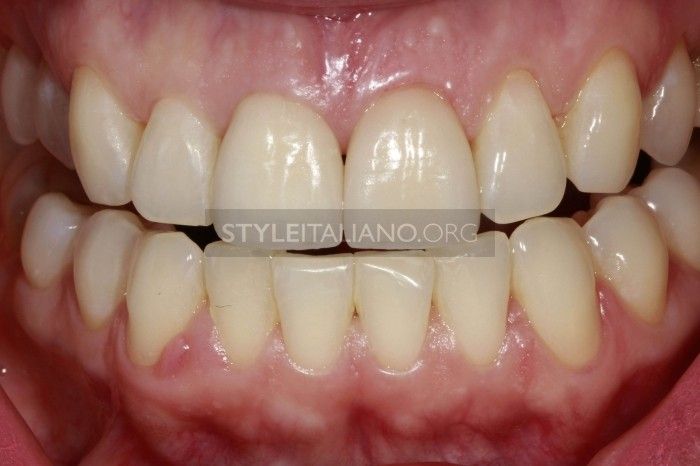
Figure 15. Clinical situation after cementing veneers on teeth (1.1,2.1).
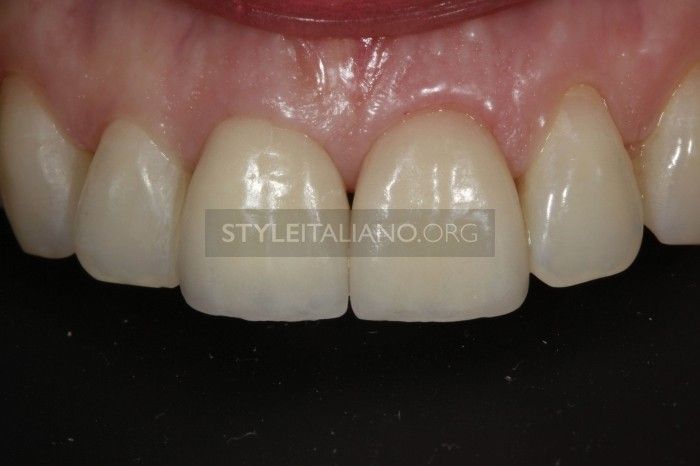
Figure 16. Close-up photo of restorations.
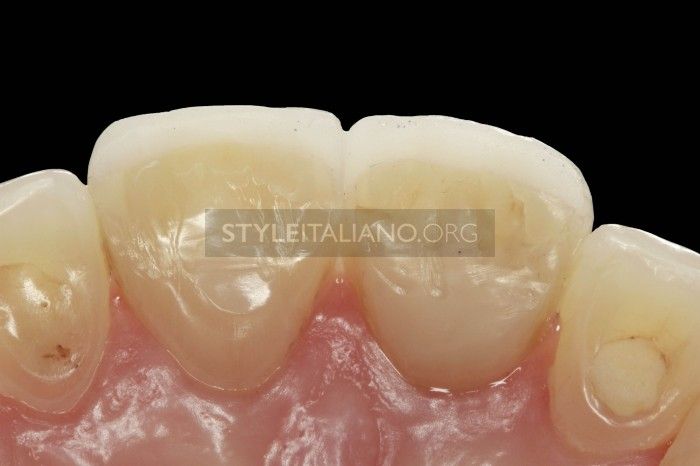
Figure 17. View of restorations from the palatal surface.
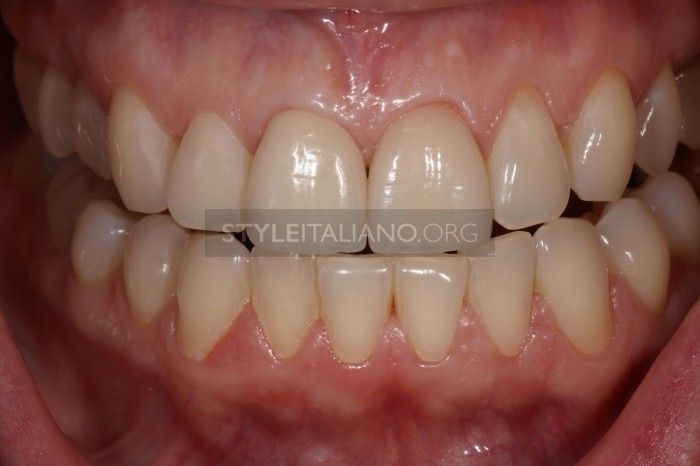
Figure 18. Control 12 months after cementation.
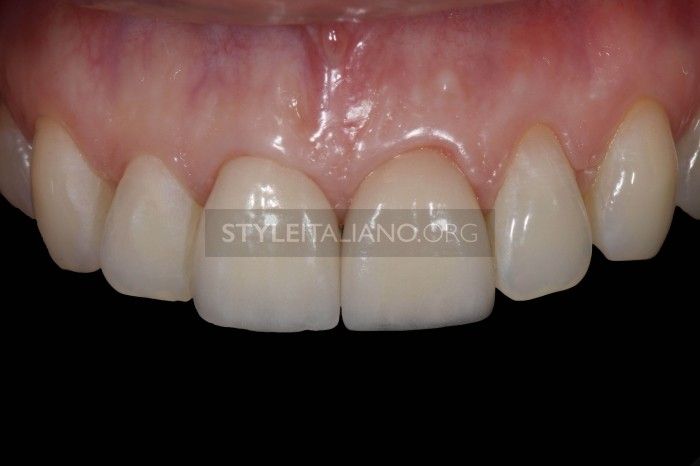
Figure 19. Sight photo 1.1 and 2.1 restored with veneers. 13 years after injury.
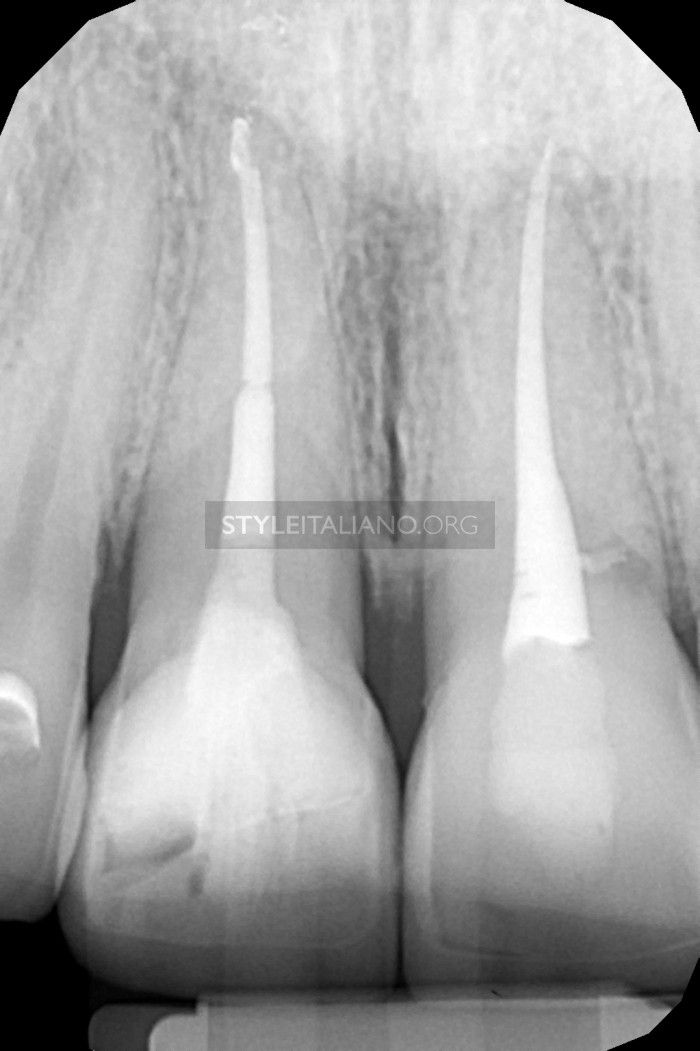
Figure 20. X-ray image 1.1, 2.1 one year after cementation and 13 years after injury.
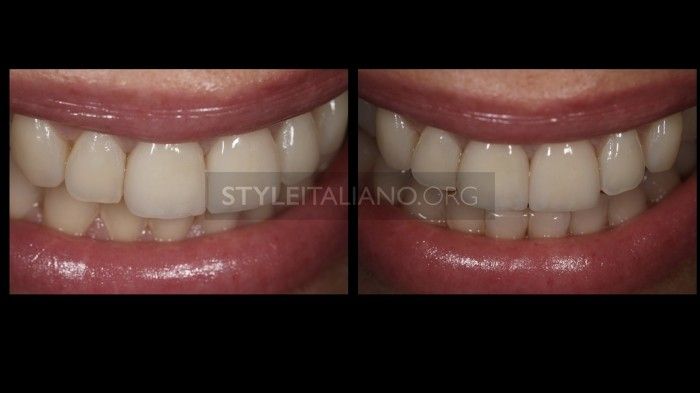
Figure 21. Smile of a happy patient 13 years after injury to the maxillary central incisors.
conclusions
- Minimally invasive adhesive dentistry can in some cases be a successful alternative to implant treatment for extensive dental fractures.
- It is necessary to take into account the fact that each specific clinical case is individual and requires carefully designed comprehensive treatment.
Learn more about composite restorations in the online course The Concept of Biomimetics: Composite Restoration Protocols .
http://www.styleitaliano.org/

/public-service/media/default/187/uRXaY_653123cd226fa.jpg)
/public-service/media/default/190/cDcOY_653124789ccc9.jpg)
/public-service/media/default/197/sUTWw_653125da3049a.jpg)
/public-service/media/default/193/doUiU_65312513d8b9b.jpg)